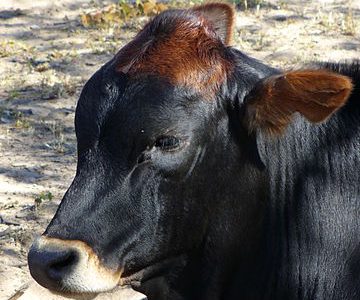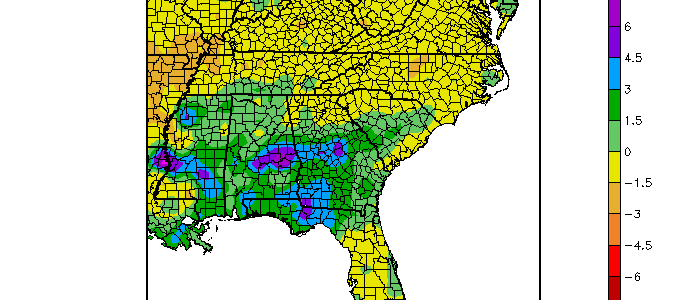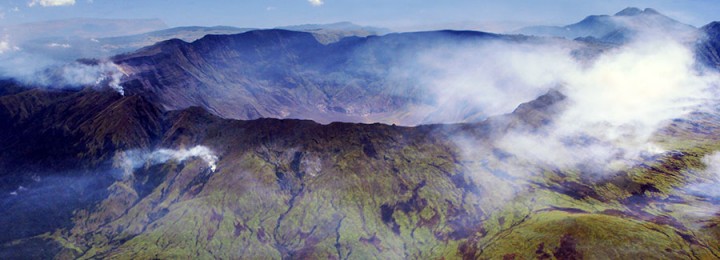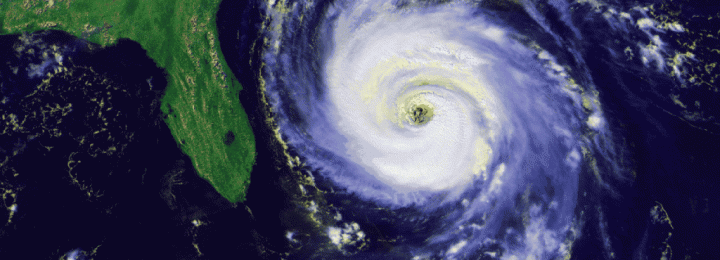-

NOAA reported this week that the latest temperature statistics on global average temperature for 2016 so far put this year far above measurements from previous years. In their global summary they also noted that March was the 11th consecutive month with a record high temperature for the Earth, reaching a value of 2.2 degrees F…
-

“Restorative grazing” is the idea that by appropriate use of grazing on dry grasslands, you can build up organic matter and improve the land to increase the health of the plants there, even during droughts. In this article from the Food and Environment Reporting Network, a 7-year study of a desertified landscape in Zimbabwe looked…
-

Matt Daniel of WMAZ in Macon GA listed several interesting weather records that were set this week. You may not have heard any of them. 1) Seattle had its warmest April day ever recorded after hitting 89°F yesterday. (April 18, 2016) It shattered the record high of 70°F back in 2010. 2) Houston, TX (IAH) recorded…
-

We’re about halfway through the month so it’s time to get a preliminary look at the climate so far. The maps from the High Plains Regional Climate Center show that temperatures have been running below normal for most of the Southeast except for Florida, with the coolest temperatures in North Carolina. Rainfall has been plentiful…
Posted in: Climate outlooks -

The eruption of Tambora, a volcano located in Indonesia on April 10, 1815, led to global consequences and a multi-year reduction in global temperature which has not been equaled in modern times, although the eruptions of Krakatoa, Agung and Pinatubo also reduced global temperatures for several years after the eruptions. National Geographic starts their recent…
-

Early forecasts for the 2016 Atlantic tropical season are starting to come out, and so far all of them predict that the tropical season this year will be more active than usual. El Niño acted as a brake last year and the hurricane season was relatively quiet, but with El Niño going away and most…
-

Southeast Farm Press had an interesting article in their newsletter this week from Todd David of the University of Kentucky Extension comparing farming in the South to farming in the Midwest. In the article he says that “The lower yield potential and greater yield risk reduces land value appreciation in the South and limits the…